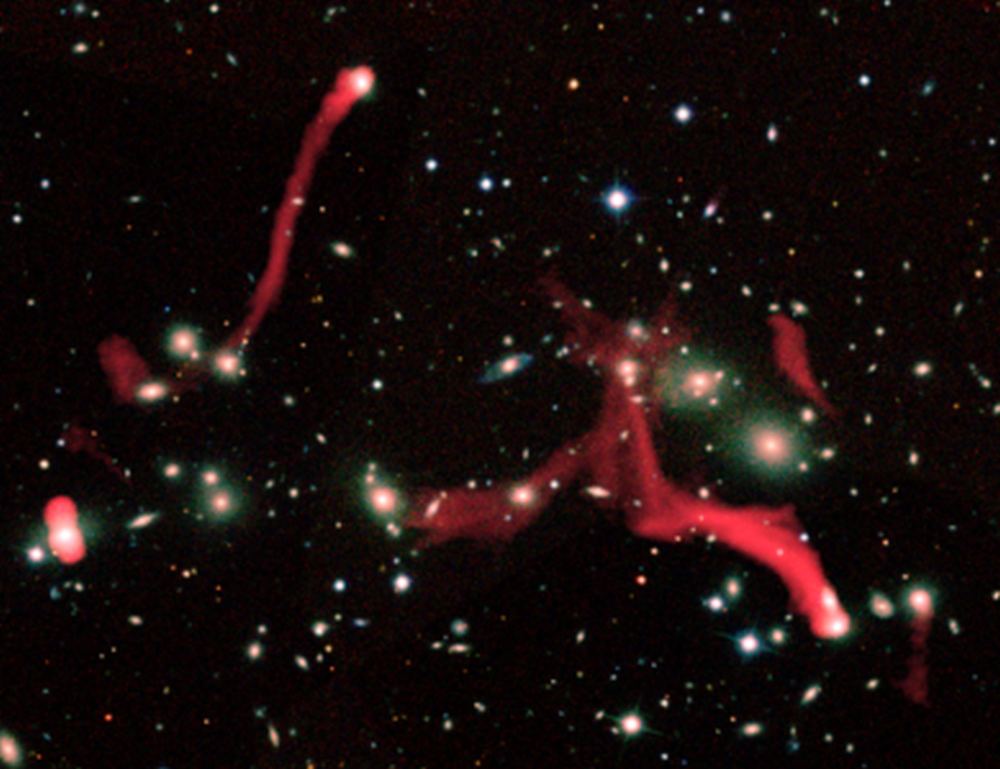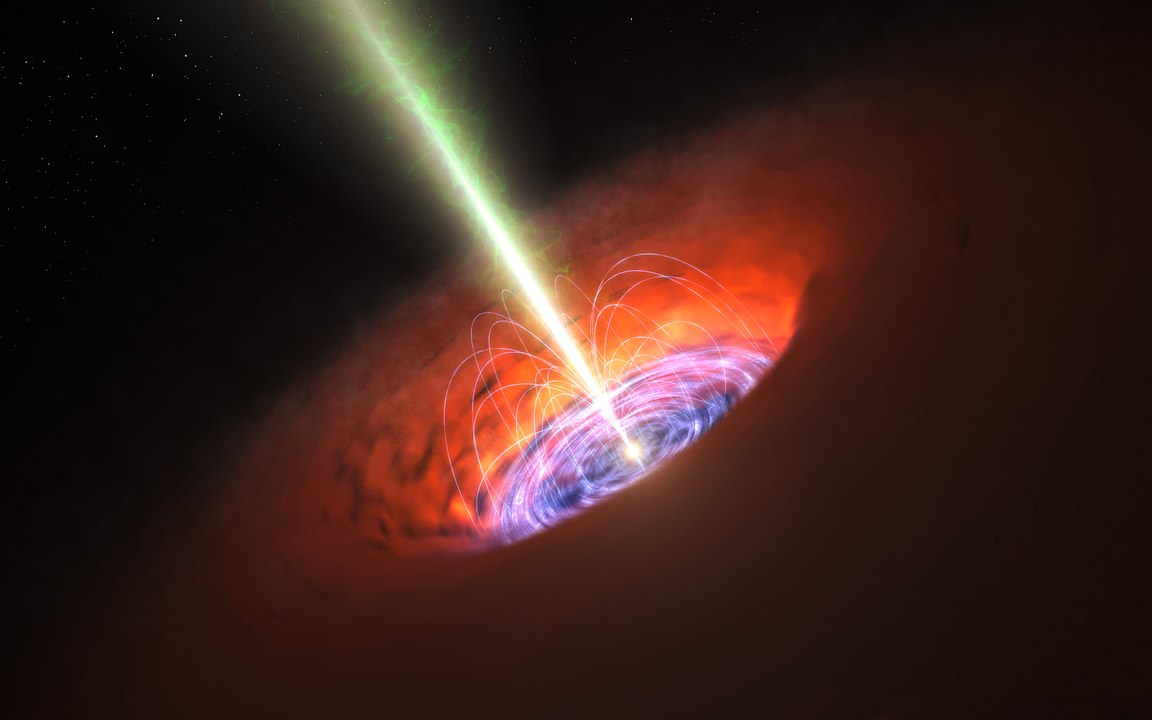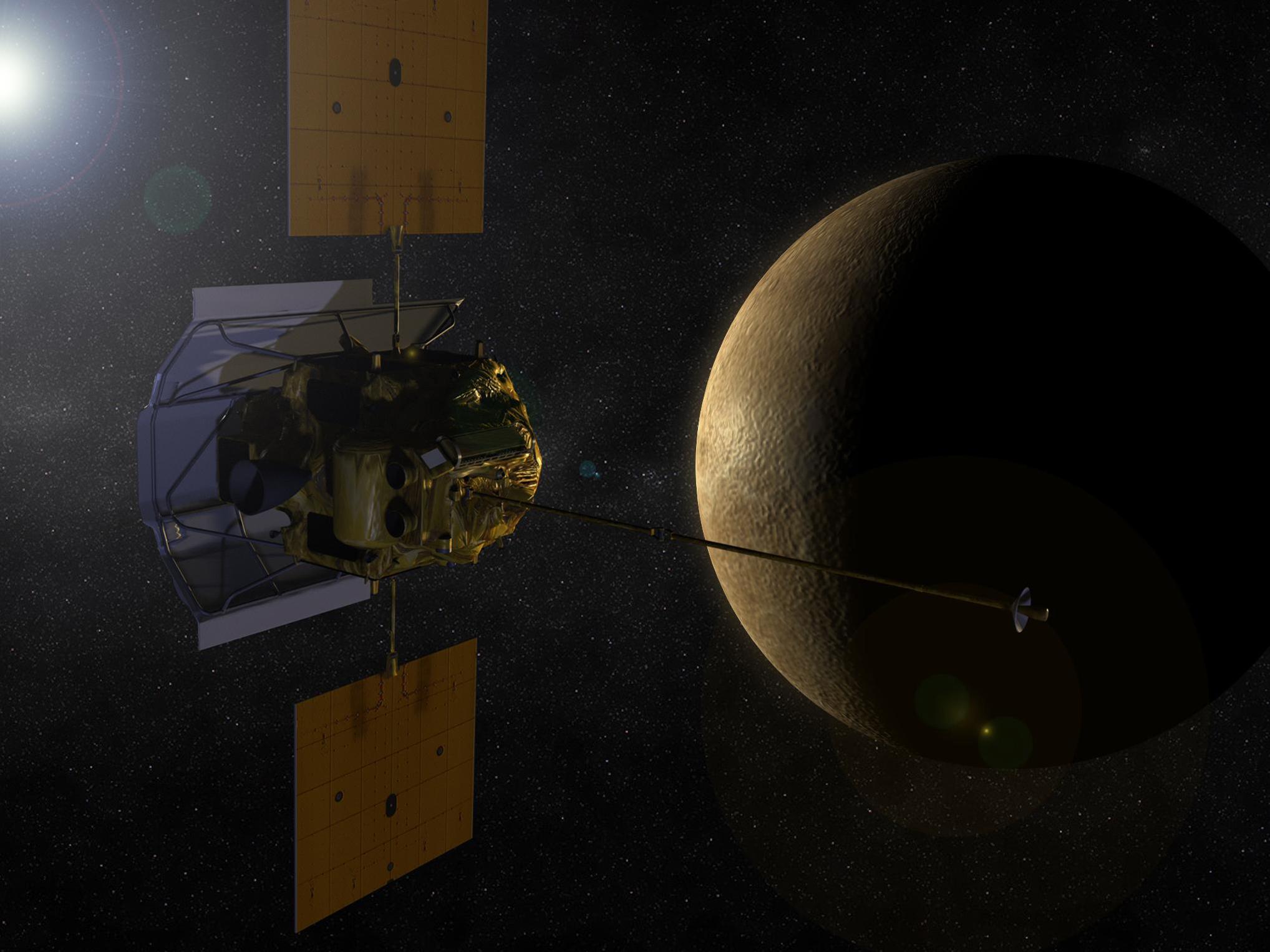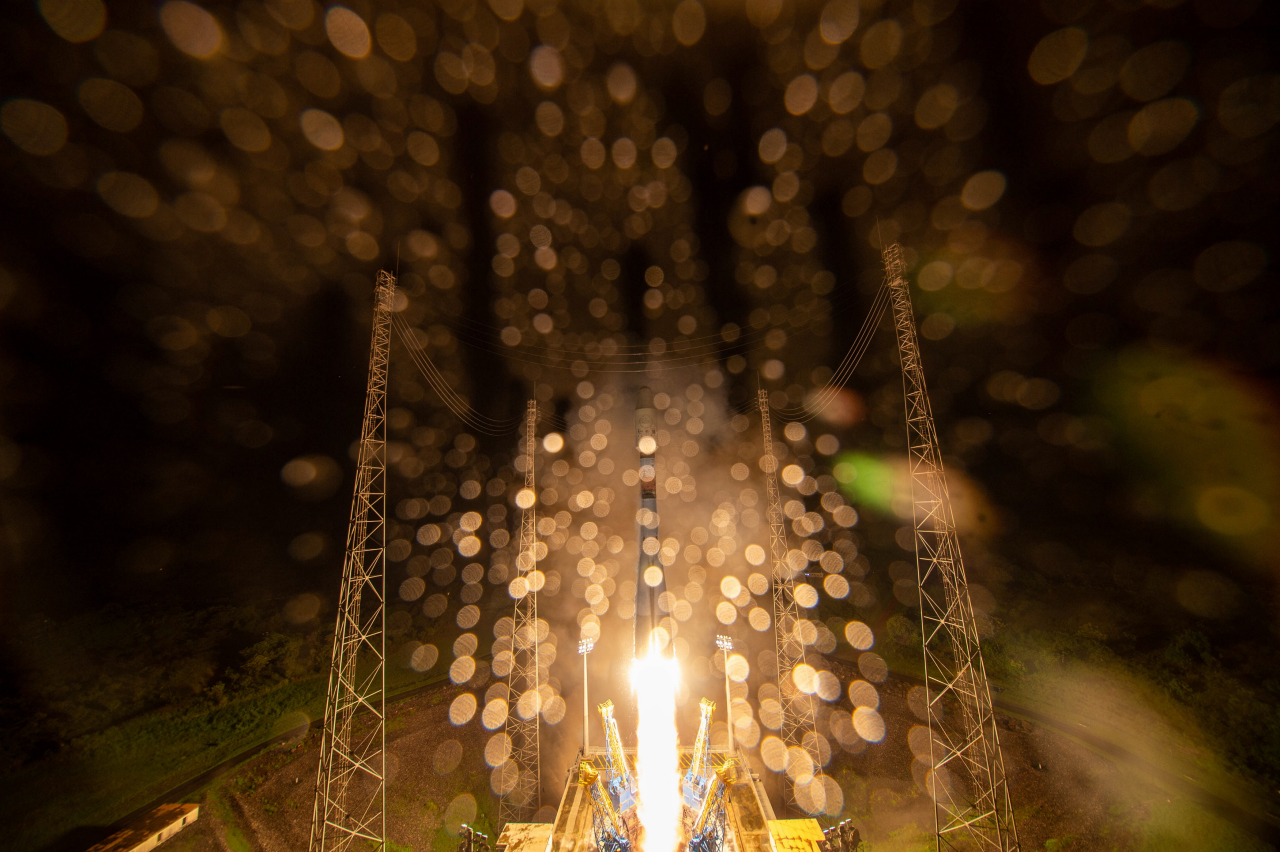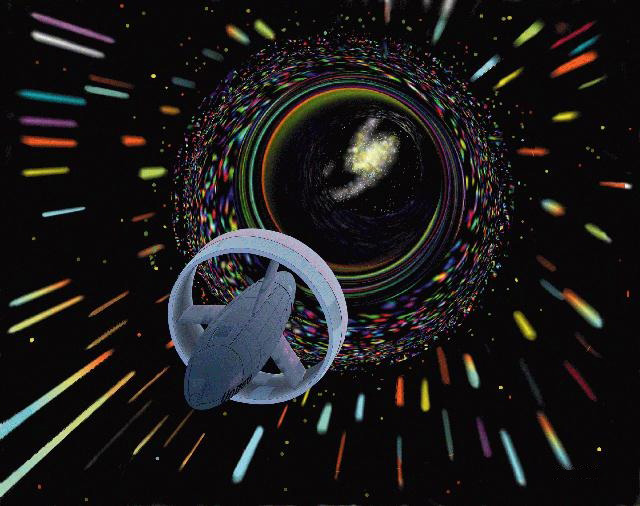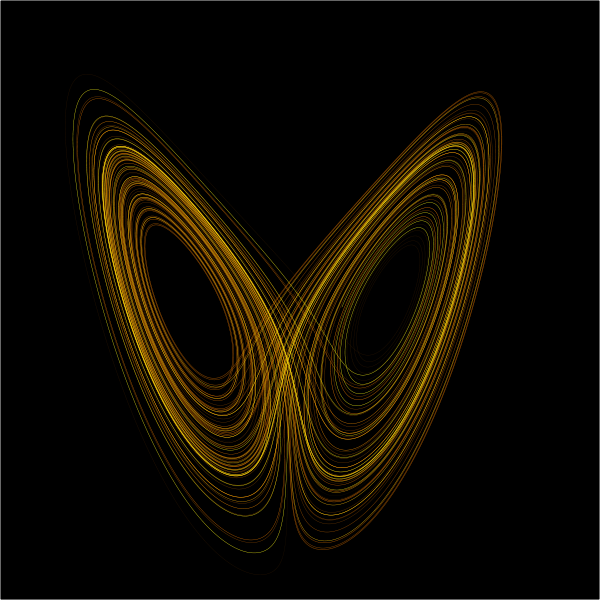A cluster of galaxies is nothing trivial. The shocks, the turbulence, the energy, as all of that matter and energy merges and interacts. And we can watch all the chaos and mayhem as it happens.
A team of astronomers are looking at the galaxy cluster Abell 2255 with the European Low-Frequency Array (LOFAR) radio telescope, and their images are showing some never-before-seen details in this actively merging cluster.
Continue reading “Complete and Total Mayhem in a Distant Galaxy Collision”
